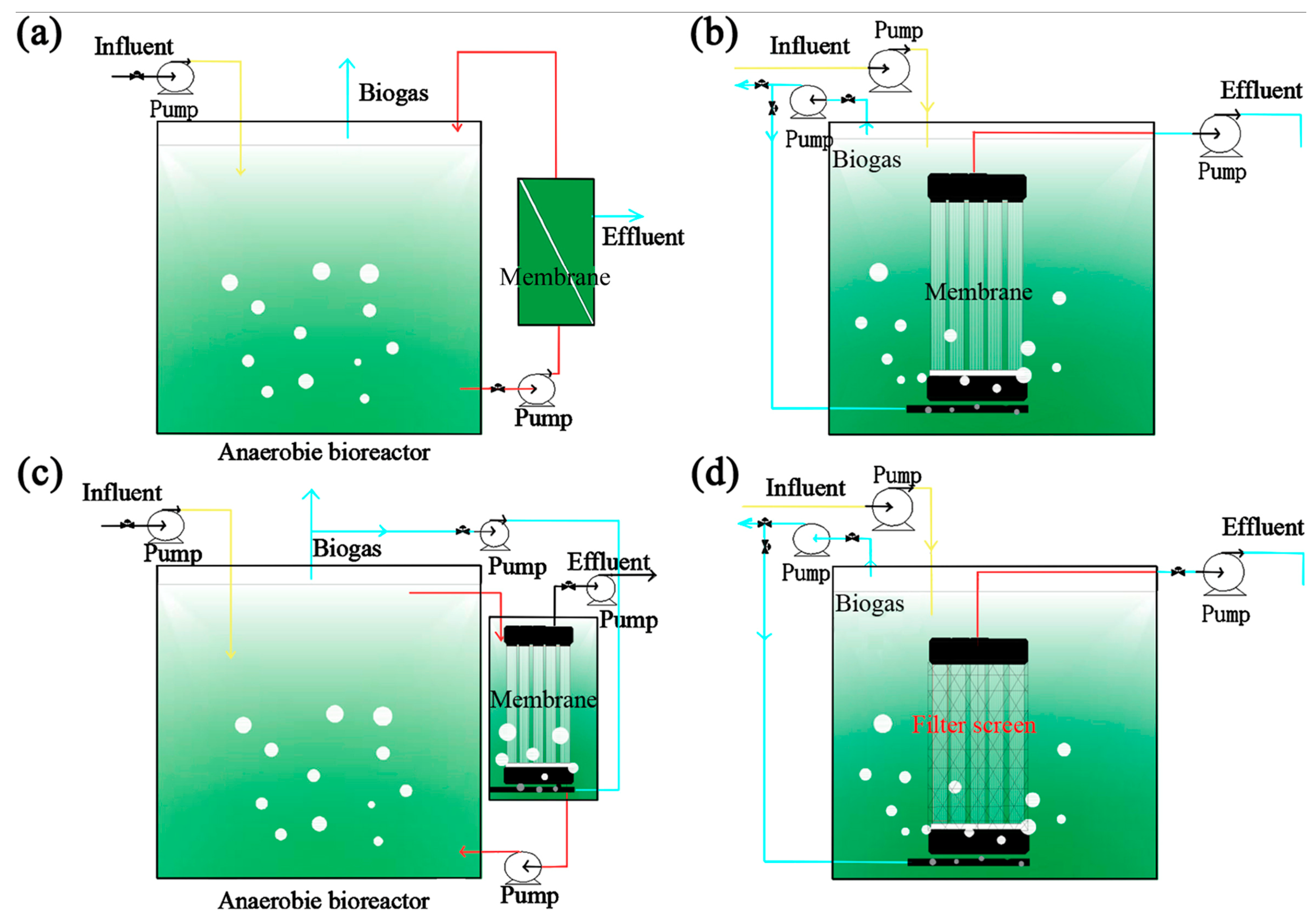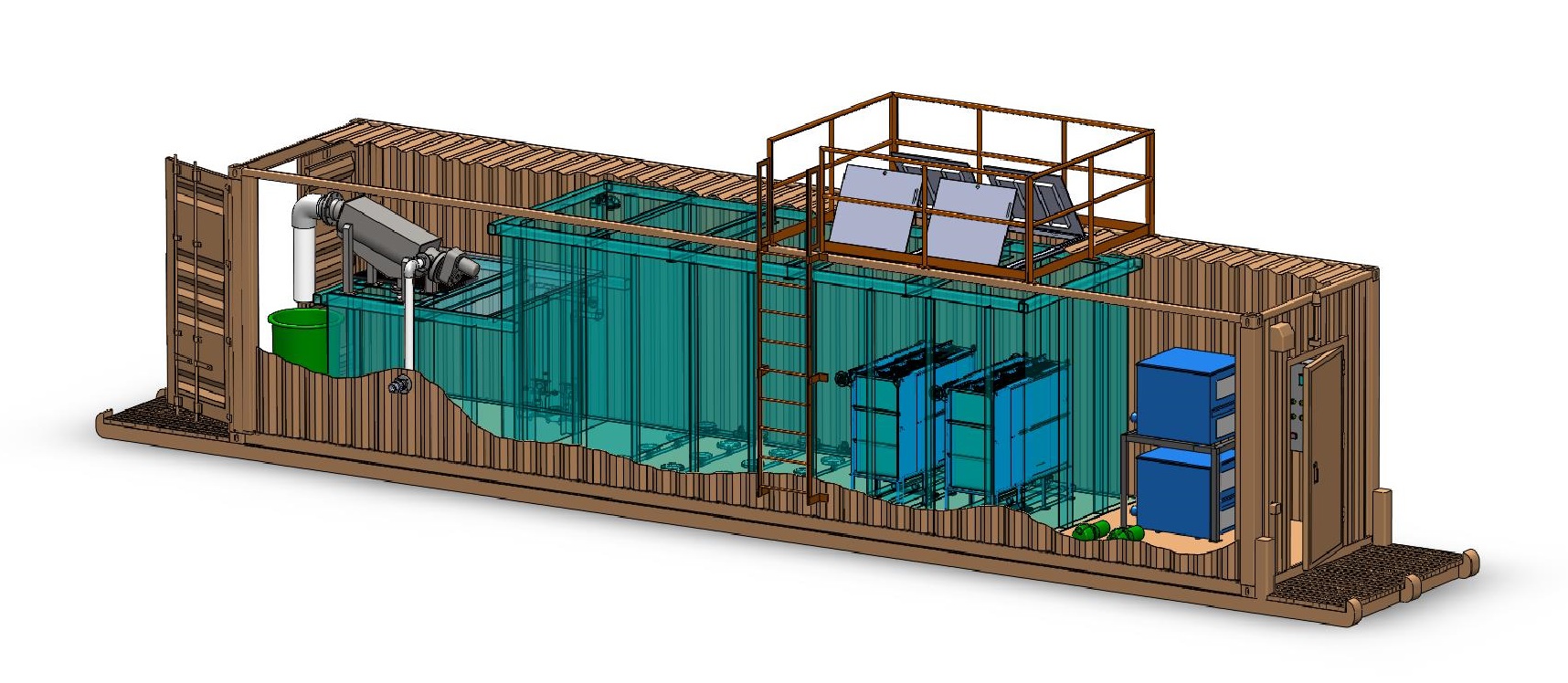The Economic Benefits of Installing a Membrane Bioreactor for Your Facility
The Economic Benefits of Installing a Membrane Bioreactor for Your Facility
Blog Article
Comprehending Membrane Bioreactors: The Future of Wastewater Therapy
Membrane bioreactors (MBRs) stand for a significant development in the area of wastewater therapy, integrating organic procedures with advanced membrane purification to enhance effluent quality. As worldwide water deficiency and strict regulatory frameworks end up being significantly pressing problems, MBR innovation supplies an effective response with its ability to lessen footprint and optimize source recovery.
What Are Membrane Layer Bioreactors?

The core elements of MBR systems consist of a bioreactor where microbial task happens and a membrane layer unit that filters the blended liquor. This double performance allows the simultaneous deterioration of organic matter and solid-liquid separation in a single action. MBRs can run in both immersed and exterior arrangements, with immersed systems being much more usual as a result of their portable layout and functional efficiency.
The adoption of MBR technology has gained grip in numerous applications, varying from community wastewater treatment to industrial effluent administration. MBRs are especially beneficial in situations where space is rigorous or restricted effluent high quality standards must be fulfilled. By preserving a high concentration of microbes within the bioreactor, MBRs enhance the degradation of natural contaminants, thus yielding greater treatment efficiencies contrasted to conventional methods.
Key Advantages of MBR Technology
The assimilation of biological therapy with membrane filtering in MBR systems offers many advantages that set it apart from standard wastewater therapy techniques. Among the primary advantages is the boosted effluent high quality. MBRs properly eliminate put on hold pathogens and solids, accomplishing greater levels of purification that meet rigid discharge criteria and help with water reuse applications.

An additional substantial advantage is the decreased sludge production. MBR systems produce much less excess sludge, bring about reduced disposal costs and a decrease in environmental effect. The shut nature of the membrane layer system reduces the danger of smell exhausts and boosts total procedure control.
Lastly, MBRs are adaptable and versatile, making them suitable for various wastewater types, including industrial and metropolitan resources. The capacity to incorporate with innovative therapy modern technologies better boosts their performance, making MBRs an encouraging remedy for the future of wastewater monitoring.
Obstacles and Limitations of MBRs
While MBR modern technology uses many benefits, it also faces numerous difficulties and constraints that can affect its prevalent adoption. One considerable challenge is the high capital and operational expenses related to MBR systems. The preliminary financial investment for membrane materials and the needed facilities can be substantial, making it less obtainable for smaller sized industries or districts.
Furthermore, membrane fouling continues to be a vital problem that can lessen system performance and increase upkeep demands. Fouling takes place when solids, natural matter, or microbes collect on the membrane surface area, causing reduced leaks in the structure and needing constant cleaning or substitute.
One more limitation entails the complexity of the modern technology. MBR systems require competent workers for procedure and upkeep, which can be an obstacle in areas with minimal technological competence. The disposal of spent membrane layers provides ecological concerns, as the products are frequently not eco-friendly and can contribute to squander monitoring challenges.
Finally, while MBRs can successfully treat a wide array of wastewater, they might not appropriate for all applications, especially those with high focus of fats, oils, and oils, requiring more research and development to resolve these constraints.
Applications of Membrane Bioreactors
In various markets, membrane layer bioreactors (MBRs) have actually become a versatile service for wastewater therapy (Membrane Bioreactor). Their applications extend metropolitan, industrial, and agricultural settings, showcasing their adaptability and effectiveness in diverse atmospheres. In local wastewater therapy plants, MBRs dramatically enhance effluent quality, allowing for water reuse and decreasing the environmental effect of discharged wastewater
Industrially, MBRs are employed in food and beverage processing, textile manufacturing, and pharmaceutical manufacturing, where they properly deal with high-strength waste have a peek at this site streams. Their capacity to take care of differing and changing tons contaminant concentrations makes them particularly valuable in these fields. In addition, MBRs promote the elimination of microorganisms, suspended solids, and natural issue, adding to compliance with stringent discharge regulations.
In farming, MBRs are significantly utilized for treating agricultural drainage and animals wastewater, allowing the recovery of nutrients for plant food manufacturing. They also help in the treatment of greywater for irrigation, advertising sustainable water management techniques.
The adaptability of MBRs is additional evidenced by their assimilation with other technologies, such as anaerobic food digestion and advanced oxidation procedures, improving overall efficiency and source healing in wastewater treatment systems.
The Future of Wastewater Therapy
Improvements in technology and an expanding emphasis on sustainability are forming the future of wastewater treatment. Membrane layer bioreactors (MBRs) exemplify this change by integrating organic treatment procedures with membrane filtering, causing top notch effluent suitable for reuse. The fad towards round economies is motivating facilities to embrace MBRs for their ability to recuperate sources, such as water and nutrients, from wastewater.
Advancements in membrane layer materials and arrangement are enhancing the effectiveness and long life of MBR systems, decreasing functional costs and energy intake. Smart technology combination, consisting of real-time monitoring and automated control systems, is additional maximizing performance and allowing anticipating maintenance, therefore lessening downtime.
Moreover, regulatory pressures and social assumptions are pressing towns and markets to adopt more lasting techniques. Membrane Bioreactor. The change in the direction of decentralized wastewater treatment solutions is acquiring grip, permitting for local therapy that minimizes transportation costs and power use
Final Thought
Membrane bioreactors (MBRs) stand for a transformative approach to wastewater treatment, incorporating organic processes with sophisticated membrane innovation. The benefits of MBRs, including enhanced effluent high quality, reduced spatial needs, and lower sludge manufacturing, position them as a practical service in the middle of expanding urbanization and stricter ecological guidelines. In spite of existing obstacles, the continued development in membrane materials and operational techniques guarantees to bolster the effectiveness and adoption of MBRs, guaranteeing their pivotal duty in the future of sustainable wastewater monitoring.
Membrane bioreactors (MBRs) stand for a notable technology in the area of wastewater therapy, integrating biological procedures with innovative membrane layer filtering to enhance effluent top quality.Membrane layer bioreactors (MBRs) incorporate organic treatment procedures with membrane layer filtering to effectively deal with wastewater.The combination of biological Full Report therapy with more helpful hints membrane layer filtering in MBR systems offers countless benefits that set it apart from typical wastewater therapy methods. Membrane layer bioreactors (MBRs) exemplify this change by incorporating biological therapy processes with membrane layer filtering, resulting in premium effluent suitable for reuse.Membrane layer bioreactors (MBRs) represent a transformative strategy to wastewater treatment, incorporating biological procedures with sophisticated membrane layer technology.
Report this page